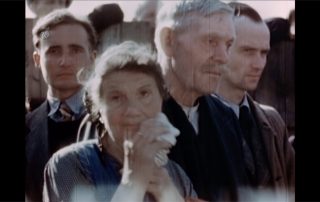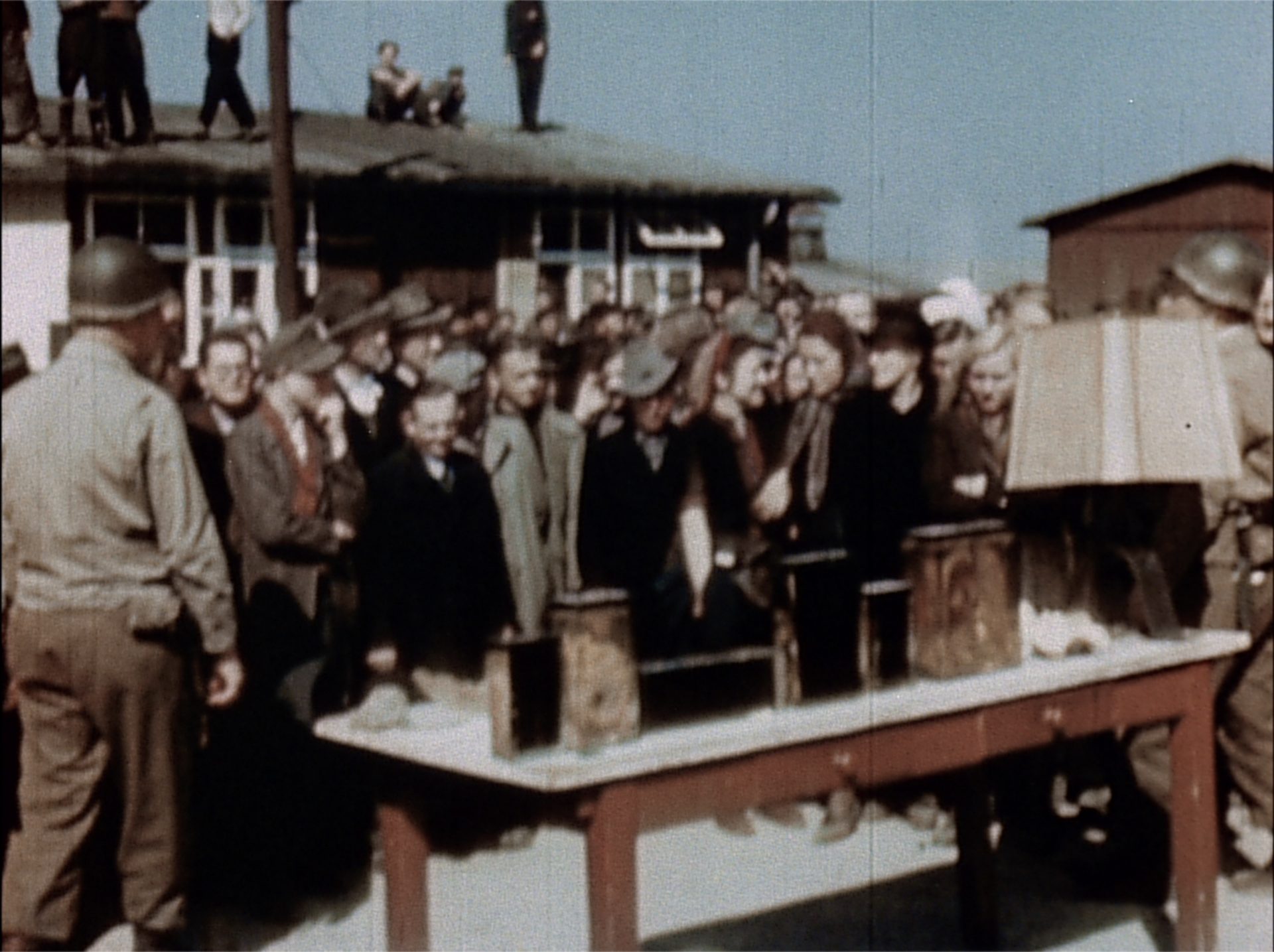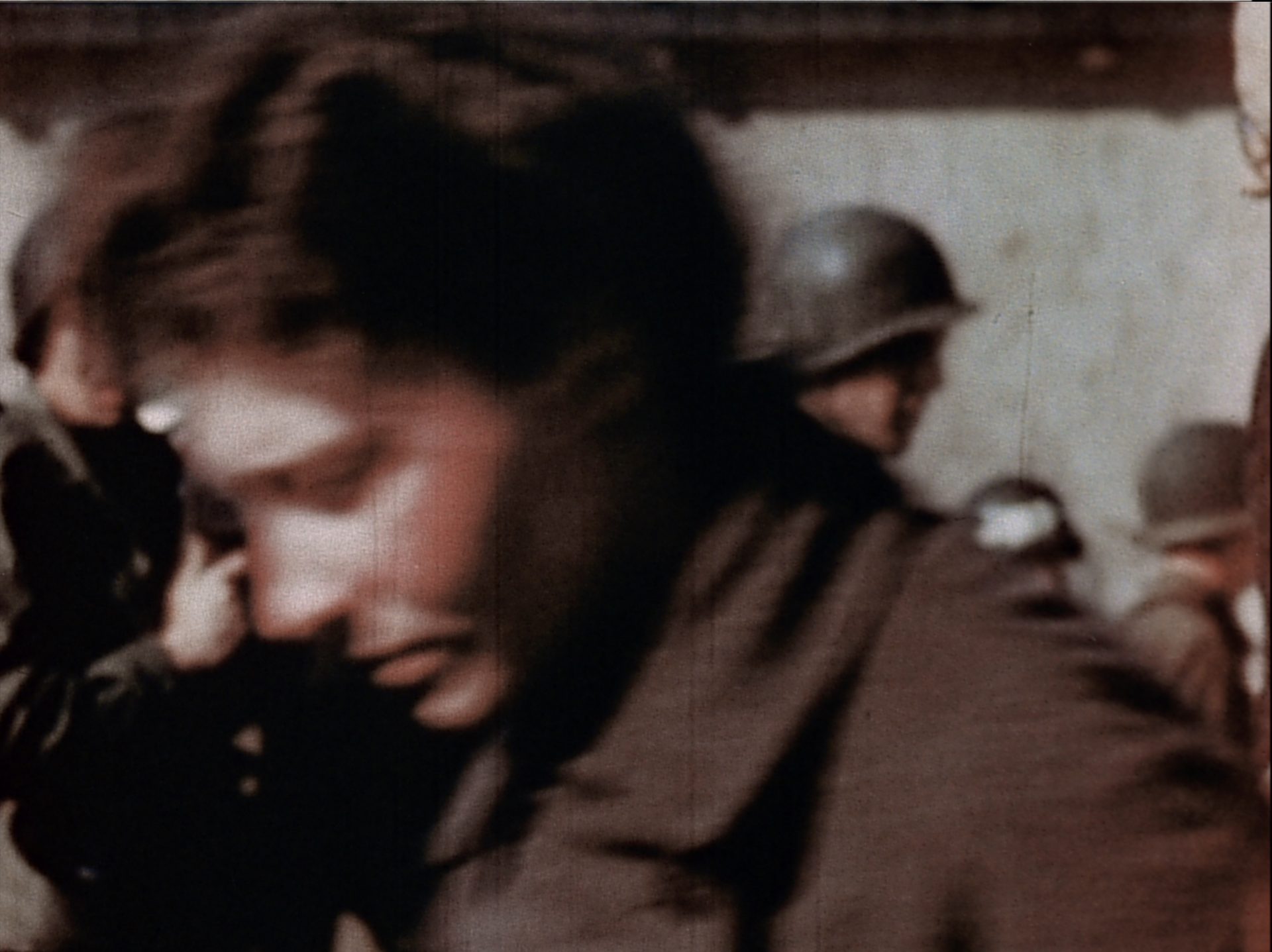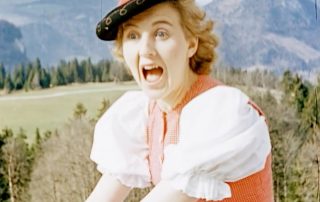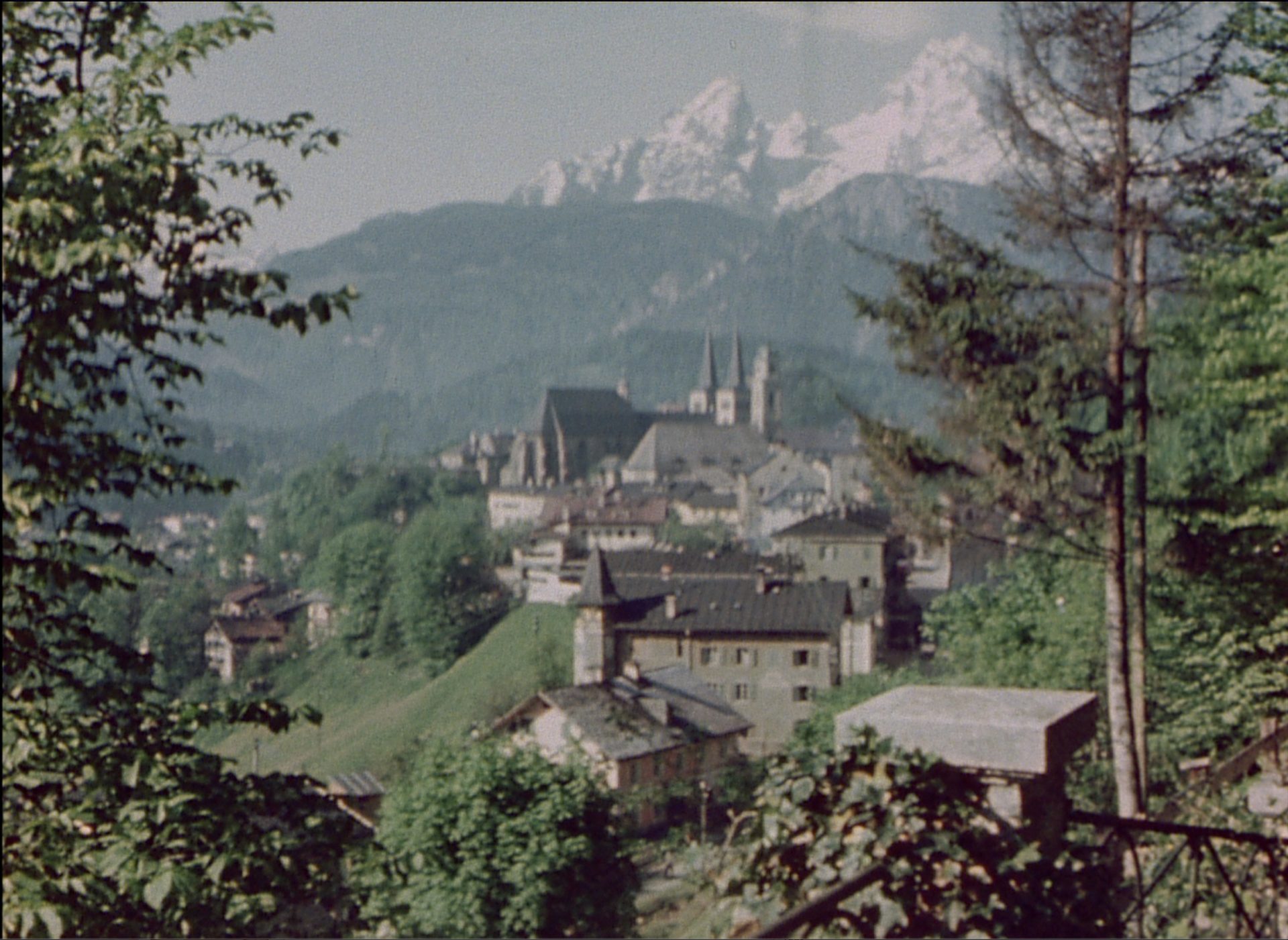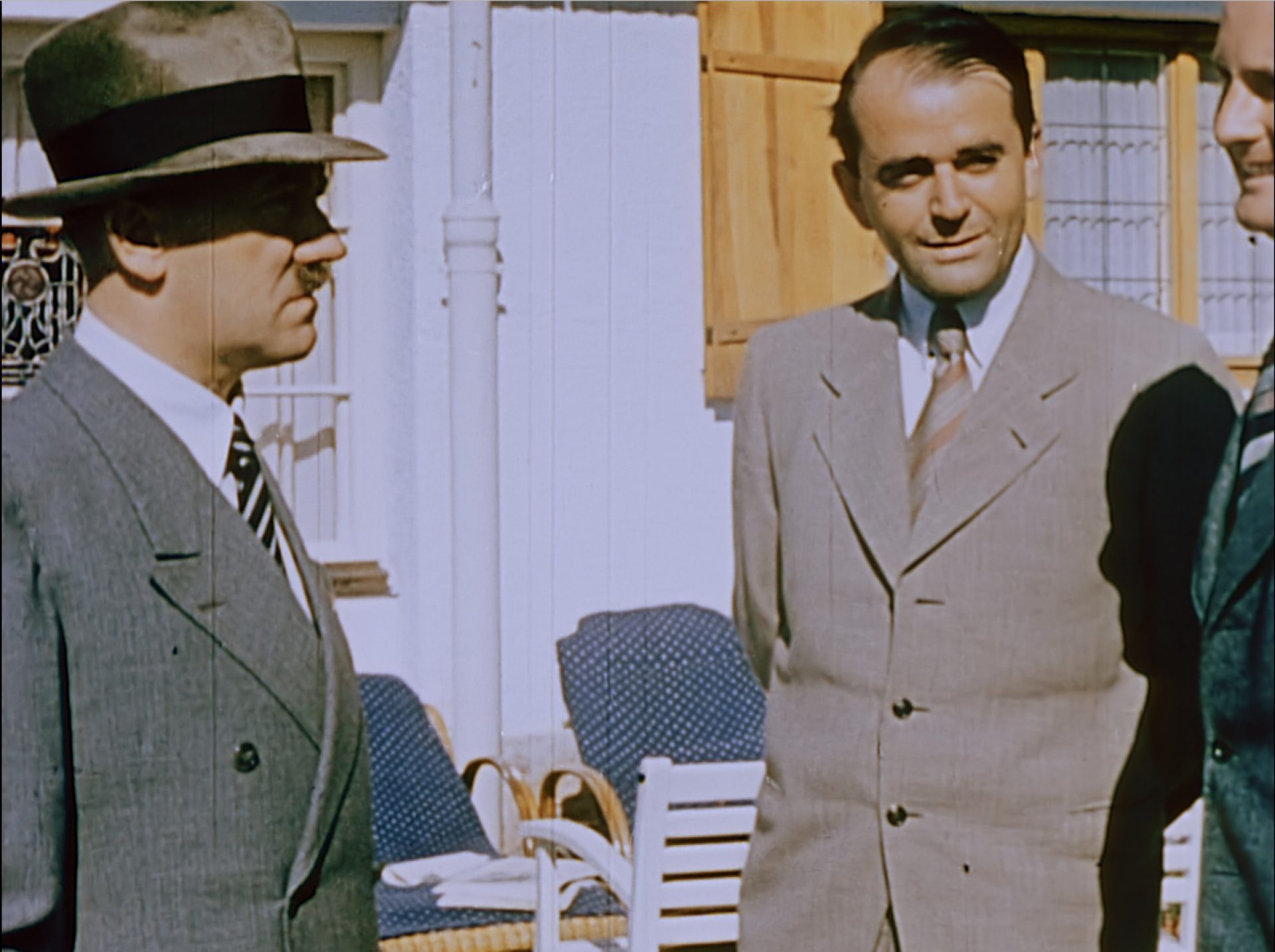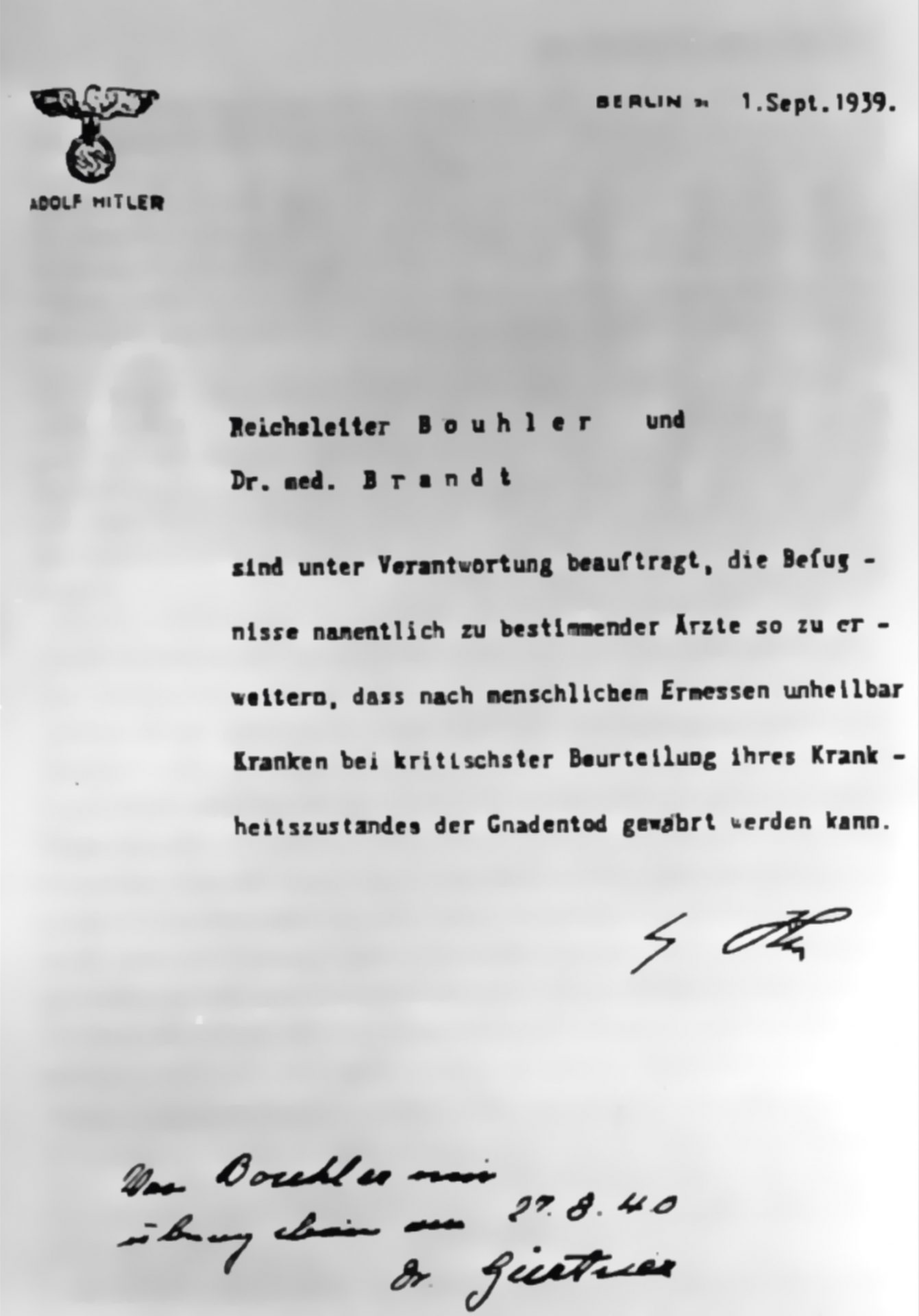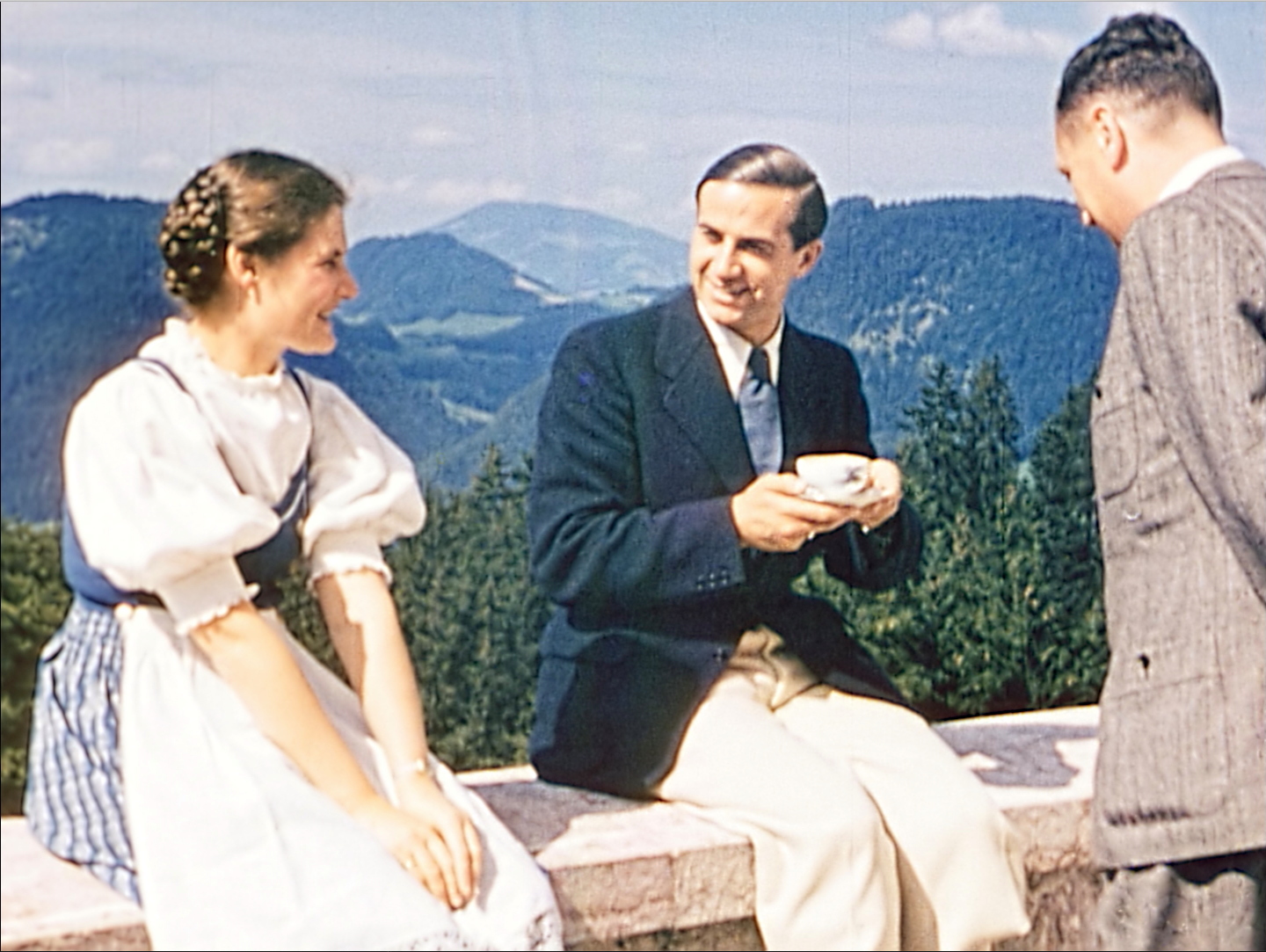Houston, we’ve had a problem
Houston, we’ve had a problem
A drama that shook the world. The story of Apollo 13 is the story of an almost trivial routine mission, which suddenly culminates in an almost hopeless fight for the lives of three astronauts.
On April 11, 1970, NASA launched its third mission to the moon. The launch platform for Apollo 13 was platform number 13. After just nine months before, more than one million people had witnessed the first live launch to the moon of Apollo 11 at Cape Kennedy, the 80,000 space enthusiasts at this launch were a manageable size. Among the guests of honour was the German Chancellor Willy Brandt, but for NASA and its audience the greatest adventure of mankind had apparently already become a trivial routine event. All this was to change suddenly – a few hours later, on April 13, 1970.
The drama of Apollo 13
“Okay, we’ve had a problem” the pilot of the command module “Odyssey” Jack Swigert radioed to the ground station with hardly surpassable coolness. Commander James Lovell confirms this with the legendary words, “Houston, we’ve had a problem.”
Astronauts Jim Lovell, Fred Haise and Jack Swigert are already more than 300,000 kilometres away from Earth when an explosion ruptures one of the Apollo spacecraft’s oxygen tanks. Not a “problem”, but an impending or rather already occurred catastrophe. The spacecraft races away from Earth on a trajectory that puts it in a safe orbit around the moon. Once in orbit, the spacecraft would have become the tomb of the three men. Imagine a memento for eternity. The damaged Apollo 13 “Odyssey” orbits our satellite as a steel grave of three men forever and ever.
In our film “The greatest adventure of mankind” Ulrich Walter describes the situation.
The Problem
Film excerpt: “The greatest adventure of mankind”
At the moment of highest danger Houston shows the great ability of a team of people who cannot and will not give up. Scientists – among them first and foremost rine Johnson and Margaret Hamilton – calculate in a few hours the possibility of changing the flight path with the resources still available in the two space capsules. The situation appeared to be completely hopeless – as Ulrich Walter reports.
At an end?
Film excerpt: “The greatest adventure of mankind”
The Lunar Module’s fuel reserves would have to be sufficient to accelerate the team by means of a precalculated engine ignition in such a way that the trajectory would return to Earth at exactly the right angle after entering the lunar gravity field. To do this, the ship would have to be rotated and, above all, the on-board computer would have to be reprogrammed in order to be able to carry out the ignition and burn time exactly.
New flight path
Film excerpt: “The greatest adventure of mankind”
Ignition by hand would be too imprecise. The computer scientists from MIT and IBM work feverishly all night long on the necessary codes. The new flight program has to be uploaded to the on-board computer by radio in time, because the maneuver could not be performed by the ground station alone, because it has to be done without radio communication. Homer Ahr was one of IBM’s “Maneuver Control Programmers” on the Apollo 13 mission: “We didn’t even think about getting it back, we simply did everything we could to get it back”.
The first ignition is successful only 5 hours after the catastrophe occurred. But still the ship is too slow. Only a second ignition of the engines will accelerate Apollo 13 so that the oxygen reserves on board are sufficient.
Aquarius saves the crew
Film excerpt: “The greatest adventure of mankind”
Meanwhile, the lives of the astronauts in the spaceship must be saved. The Odyssey’s systems are shut down, the 3 men squeeze into the 2 man capsule of the Aquarius lander. Here another problem will soon arise. The lunar module does not have enough lithium hydroxide air filters to absorb the toxic CO2 from the breath of three people. The sufficient lithium hydroxide cartridges of the command module Odyssey do not fit into the ports of the lunar module. In the control centre, the scientists improvise a CO2 filter from the materials available to the astronauts in the Aquarius: Hoses, a box, a sock. This also works.
The rescuing improvisation talent
Film excerpt: “The greatest adventure of mankind”
The film also shows how the public on earth reacts to the drama. If the launch of Apollo 13 was perceived more as a minor matter, the audience is back at the moment of the catastrophe. Hundreds of thousands fear for the lives of the spacemen, praying for the success of the rescue operation. This has to do with sensationalism, the fascination of the catastrophe. The actually scientifically sober space flight can suddenly be translated into fate.
The public’s sympathy
Film excerpt: “The greatest adventure of mankind”
The astronauts were helped by the talent of the scientists and engineers, their great knowledge, their ability to keep their nerve, to work together and to reach the saving point with improvised solutions. It just went well once again. A miracle? I think not. President Kennedy’s grand vision of “reaching the moon, not because it’s easy, but because it’s difficult” has inspired and brought the NASA team together in a unique way. Kennedy calls on the entire nation to achieve this goal. The Apollo Project has up to 400,000 people at times working on the realization of their president’s “mission”, which remained as his great legacy after his assassination. Here is the central excerpt from Kennedy’s speech on September 12, 1962 in Houston.
Excerpt from President Kennedy’s speech 12.9.1962, Houston Texas
The greatest adventure of mankind
The Apollo program was indeed the “greatest adventure of mankind” – comparable perhaps only to the departure of Christopher Columbus in 1492, and the near tragedy of Apollo 13 shows the tremendous risk that the astronauts took. The last film clip shows once again the uncertain moment of the landing of the capsule, when the radio communication was interrupted for several minutes.
Film excerpt: “The greatest adventure of mankind”
The cause of the accident
The explosion of the oxygen tank of Apollo 13 was thoroughly investigated by NASA. The result of the investigation revealed a defect in a thermal switch that had happened on the ground before launch and went unnoticed. NASA has posted a summary of the investigation.
The historical role of Apollo
Some today claim that the Apollo program was a waste of money. I would disagree with that. The Vietnam War at its height cost the USA more dollars in a single year than 10 years of the Apollo program. Not to mention the tens of thousands of victims of the war. President Kennedy in his speech in Houston conceived the Apollo Program as part of a peaceful competition of nations. It was the answer to Khrushchev’s vision of peaceful space travel. To me, both embody productive visions for our technological and scientific development. The fact that, especially after the assassination of Kennedy and the disempowerment of Khrushchev, the destructive forces in the foreign policy of the two superpowers gained the upper hand, ultimately devalued the vision of Apollo at the moment of its greatest triumph of the successful moon landing of 1969 and robbed it of its chances. The dying in Vietnam continued unimpressed. But the rescue of the Apollo 13 astronauts proves that we must never give up hope. The sign of a spaceship orbiting the moon with three dead astronauts does not exist today.
We told the dramatic story of Apollo 13 in our film “The greatest adventure of mankind” for ZDF. The film can be seen in the media library of ZDF and will soon be available on the streaming platform.
A historical documentary film
The movie “Houston, we’ve had a problem” was produced for NASA in 1970. It mainly shows NASA’s mission control room and the work of engineers and scientists in rescuing the spacemen. The restored archive material can be obtained from us.
“Houston we’ve got a problem” Documentary of 1970 – remastered by zb Media


